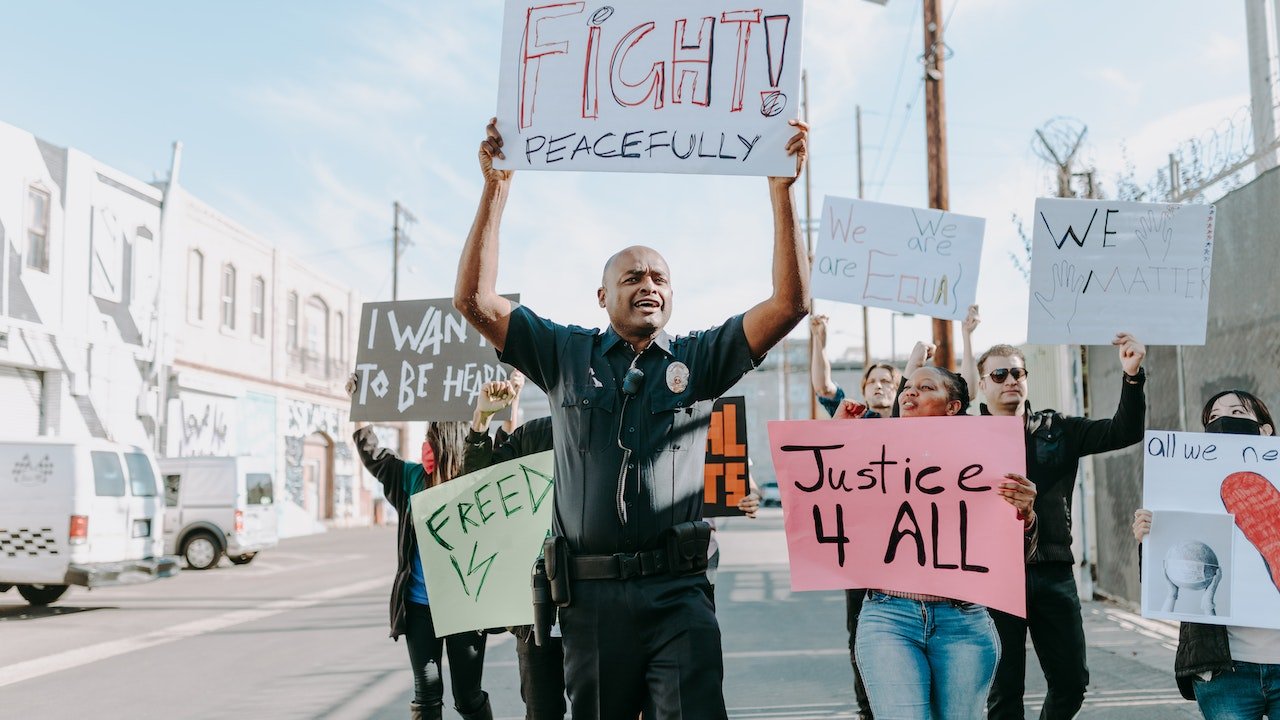Exploring Landmark Civil Rights Cases 2023


Contents
- 1 1954’s Brown v. Board of Education
- 2 1973’s Roe v. Wade
- 3 Virginia v. Loving (1967)
- 4 (2015) Obergefell v. Hodges
- 5 Arizona v. Miranda (1966)
- 6 Ferguson v. Plessy (1896)
- 7 Wainwright v. Gideon (1963)
- 8 (2013) United States v. Windsor
- 9 United States v. Korematsu (1944)
- 10 Connecticut v. Griswold (1965)
- 11 Bakke v. Regents of the University of California, 1978
- 12 Des Moines Independent Community School District was sued in 1969 in Tinker v.
- 13 United States v. New York Times Co.
- 14 Georgia v. Furman (1972)
- 15 2000’s Bush v. Gore
- 16 Conclusion
- 17 FAQs
1954’s Brown v. Board of Education
The United States Supreme Court ruled that state legislation establishing separate public schools for Black and White students was unconstitutional in this historic case. This decision cleared the door for school desegregation by invalidating the “separate but equal” principle put out in Plessy v. Ferguson.
1973’s Roe v. Wade
In the historic case of Roe v. Wade, the Supreme Court upheld a woman’s constitutional right to an abortion. This ruling created the groundwork for legal protections of reproductive rights and generated ongoing discussions about how to strike a balance between a woman’s autonomy and the state’s need to control abortion.
Virginia v. Loving (1967)
The Loving v. Virginia ruling invalidated American laws that forbade interracial unions. The Supreme Court upheld the basic right to marriage regardless of race by ruling that such prohibitions were in violation of the Equal Protection and Due Process Clauses of the Fourteenth Amendment.
(2015) Obergefell v. Hodges
A landmark decision in Obergefell v. Hodges made same-sex marriage legal in the United States. According to the Supreme Court, the Equal Protection and Due Process Clauses of the Fourteenth Amendment guarantee same-sex couples the basic right to marry.
Arizona v. Miranda (1966)
Miranda v. Arizona established the well-known Miranda rights, which shield anyone in custody from being forced to testify against themselves. The Supreme Court ruled that before any interrogation takes place while a suspect is being kept in custody, they must be made aware of their rights, including the right to remain silent and the right to an attorney.
Ferguson v. Plessy (1896)
Under the “separate but equal” concept, which allowed for racial segregation as long as the segregated facilities were judged equal, Plessy v. Ferguson supported racial segregation. Brown v. Board of Education later overturned this decision.
Read More: Challenges and Progress in Enforcing Civil Rights Laws 2023
Wainwright v. Gideon (1963)
For criminal defendants without the means to hire an attorney, Gideon v. Wainwright established the right to legal representation. The Supreme Court determined that state courts must give counsel in every criminal case, ensuring that all defendants have fair and equal access to counsel.
(2013) United States v. Windsor
The Defence of Marriage Act (DOMA), which forbade federal recognition of same-sex unions, was overturned in United States v. Windsor. The Fifth Amendment’s provision of equal protection under the law was infringed upon, according to the Supreme Court, by DOMA.
United States v. Korematsu (1944)
In the contentious decision of Korematsu v. United States, the Supreme Court supported the legality of the incarceration of Japanese-Americans during World War II. The choice has drawn heavy criticism for violating civil rights and serves as a warning about the perils of racial profiling.
Connecticut v. Griswold (1965)
In Griswold v. Connecticut, the court overturned a state statute that forbade the use of contraceptives because it recognized a fundamental right to privacy. This ruling served as a precedent for subsequent privacy rights litigation, including the famous Roe v. Wade case.
Bakke v. Regents of the University of California, 1978
Affirmative action in college admissions was a topic on the Supreme Court’s agenda in Regents of the University of California v. Bakke. Affirmative action policies were upheld by the court, but rigid racial quotas were deemed unconstitutional.
Des Moines Independent Community School District was sued in 1969 in Tinker v.
The First Amendment rights of students attending public schools were upheld in Tinker v. Des Moines Independent Community School District. According to the Supreme Court, students do not “shed their constitutional rights to freedom of speech or expression at the schoolhouse gate.”
United States v. New York Times Co.
The Pentagon Papers case, commonly known as New York Times Co. v. United States, established press freedom. The government was not allowed to prevent the publication of classified papers, according to the Court, unless there was a clear and present danger to national security.
Read More: Key Provisions of Civil Rights Laws Explained 2023
Georgia v. Furman (1972)
The death penalty was effectively abolished in the US after the Furman v. Georgia case. According to the Supreme Court, the Eighth Amendment’s ban on cruel and unusual punishment—which was in effect at the time—was broken by the death sentence as it was being used.
2000’s Bush v. Gore
The contentious 2000 U.S. presidential election was settled by the case Bush v. Gore. The Florida ballot recount was put on hold by the Supreme Court’s decision, which effectively proclaimed George W. Bush the victor against Al Gore.
Conclusion
Significant civil rights cases have shaped the legal environment and advanced the causes of equality and justice, having a significant impact on society. These cases have defended fundamental rights, contested discriminatory practices, and set significant legal precedents. We can better comprehend the advancements in civil rights and the ongoing efforts required to build a more inclusive society by looking at the important decisions made in these cases.
FAQs
An important civil rights lawsuit is what?
Defending against discriminatory practices and reshaping the legal environment in favor of equality and justice, a landmark civil rights case has had a profound impact on civil rights.
How do important civil rights cases influence the judicial system?
Important legal precedents and guiding principles are established by landmark civil rights cases, which then serve as a model for subsequent judicial and legislative judgments. They aid in the formulation and application of civil rights laws, ensuring the advancement and defense of individual rights.
What does Brown v. Board of Education signify?
The landmark case Brown v. Board of Education established the unconstitutionality of racial segregation in public schools. The precedent this case established for challenging segregation in other spheres of society helped to pave the way for the desegregation of schools.
How did Roe v. Wade affect women’s right to choose?
Women now have the freedom to choose their reproductive health thanks to Roe v. Wade, which recognized a woman’s constitutional right to an abortion. The legal framework for reproductive rights was shaped by this decision, which also sparked ongoing discussions about the extent and boundaries of those rights.
What makes Obergefell v. Hodges a significant legal precedent?
The Obergefell v. Hodges case, which made same-sex marriage lawful in the US, is regarded as a milestone decision. This ruling marked a critical turning point in the struggle for LGBTQ+ rights and was a step in the direction of greater equality and acceptance of same-sex relationships.






2 Comments